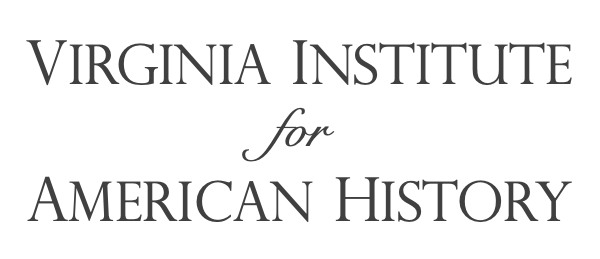“John Adams, a 24-year-old lawyer in Braintree, Massachusetts, first met the teenage Abigail Smith in the summer of 1759 at her father’s home in Weymouth. John’s initial impressions were less than complimentary: “Not fond, not frank, not candid” was the overall assessment in his diary. But from these inauspicious beginnings a romance developed that would sustain this most famous of American couples through fifty years of marriage, five children (three of whom they outlived), multiple homes in numerous cities and towns across three countries and two continents, lengthy separations, and all the rigors of eighteenth-century life—not to mention a revolution, wars, and a wide array of political and diplomatic crises.
What we know of John and Abigail’s relationship stems largely from the letters they wrote to one another, of which some 1,160 have survived to the present day. Their earliest extant note, written from John to Abigail in October 1762, shows just how much had changed between them in the three short years since they first met. “Miss Adorable,” John wrote. “By the same Token that the Bearer hereof satt up with you last night I hereby order you to give him, as many Kisses, and as many Hours of your Company after 9 O Clock as he shall please to Demand and charge them to my Account.” In time their flirtatious correspondence evolved to reflect a deeper, more abiding relationship, but they never lost what Abigail described as “that unabated affection which has for years past, and will whilst the vital spark lasts, burn in the Bosom of your affectionate A Adams.”
Along with that affection and intimacy, Abigail and John proved to be kindred spirits, with shared interests in and a common outlook on the world around them. Abigail had never received a formal education, but her access to some of the finest libraries in Massachusetts and her voracious love of reading gave her a wide-ranging knowledge that allowed her easily to serve as John’s equal in any intellectual debate. Her place as John’s primary political advisor was merely a logical extension of her role as wife and manager of their household in a partnership of equals.
Their letters not only reflected this emotional and intellectual interdependence; they also became symbols of it.”
(Margaret A. Hogan is Managing Editor of the Adams Papers at the Massachusetts Historical Society and Coeditor with C. James Taylor of "My Dearest Friend: Letters of Abigail and John Adams" http://harvardpress.typepad.com/off_the_page/2008/02/the-romance-of.html)
This tender letter was written by Abigail to John after eighteen years of marriage:
My Dearest Friend,
…should I draw you the picture of my Heart, it would be what I hope you still would Love; tho it contained nothing new; the early possession you obtained there; and the absolute power you have ever maintained over it; leaves not the smallest space unoccupied. I look back to the early days of our acquaintance; and Friendship, as to the days of Love and Innocence; and with an indescribable pleasure I have seen near a score of years roll over our Heads, with an affection heightened and improved by time -- nor have the dreary years of absence in the smallest degree effaced from my mind the Image of the dear untitled man to whom I gave my Heart...
(December 23, 1782)





.jpg)

